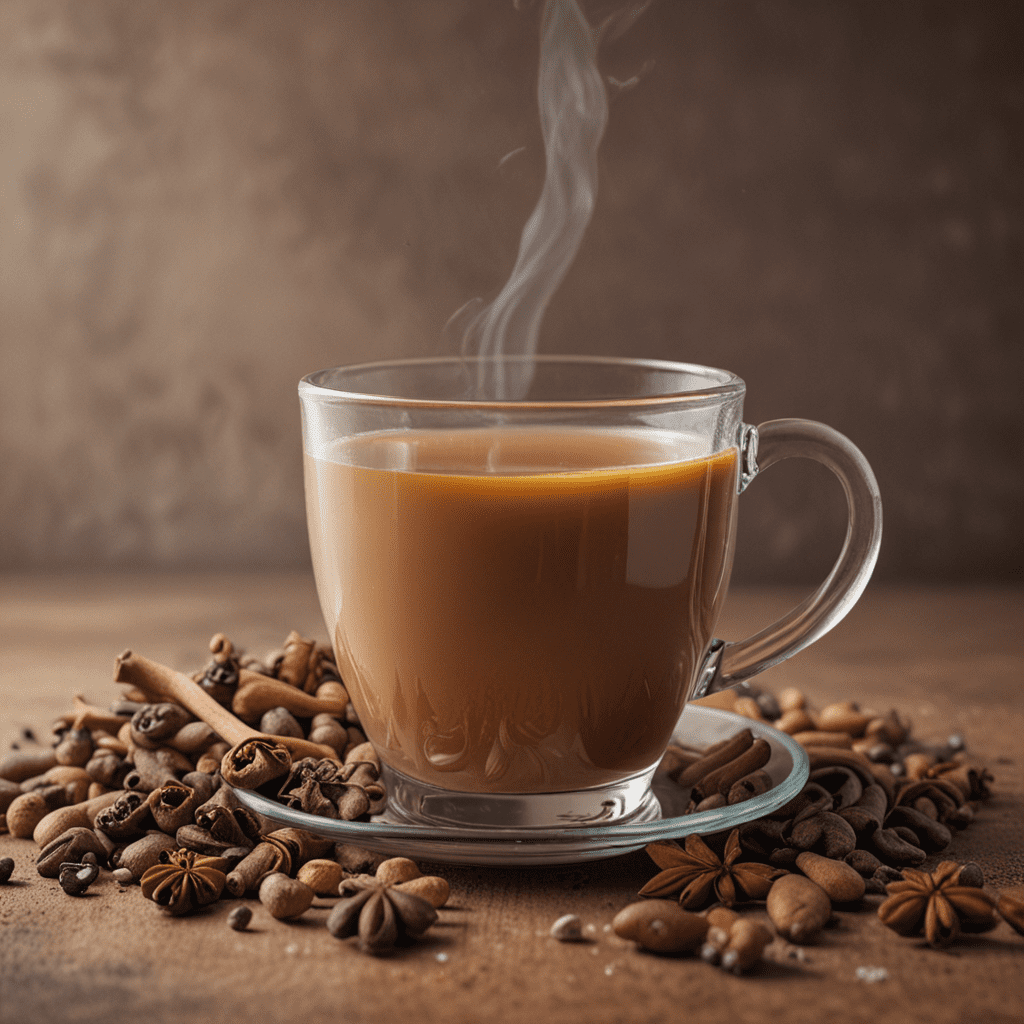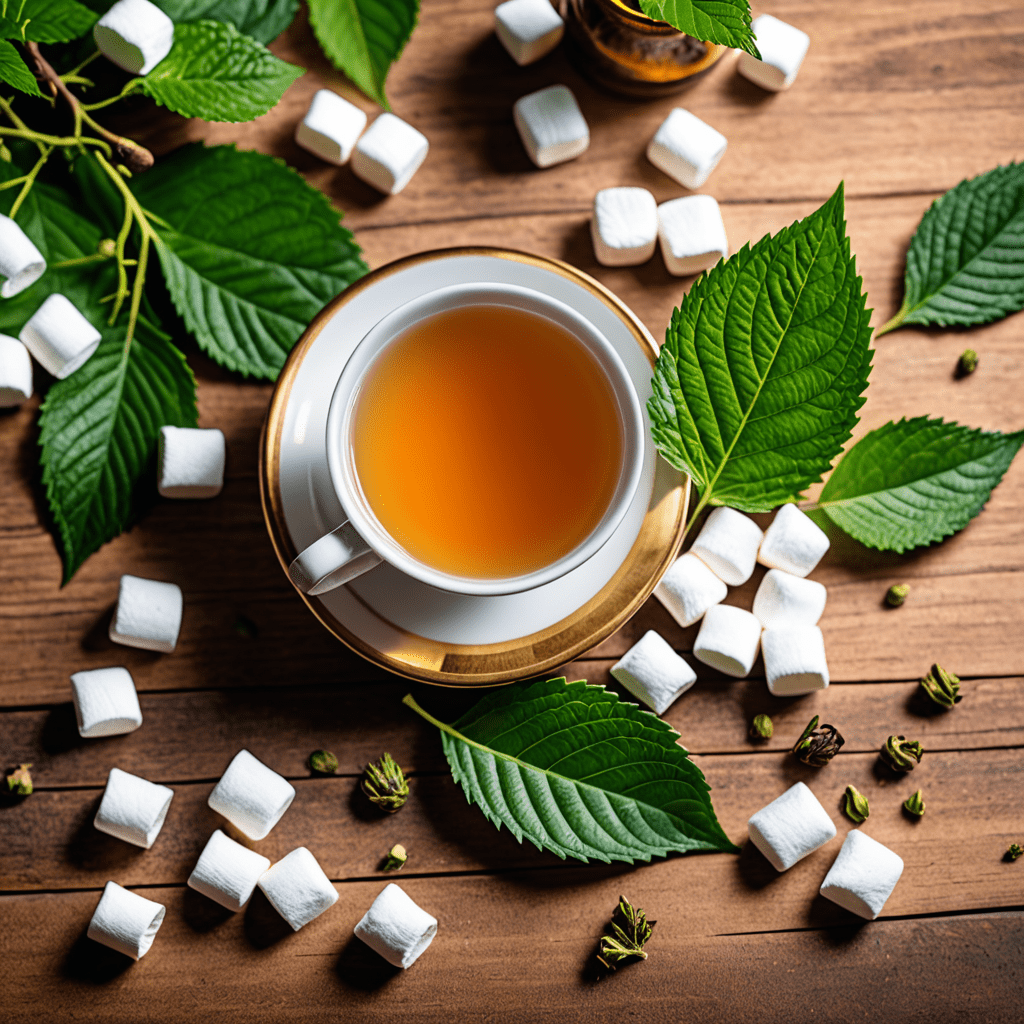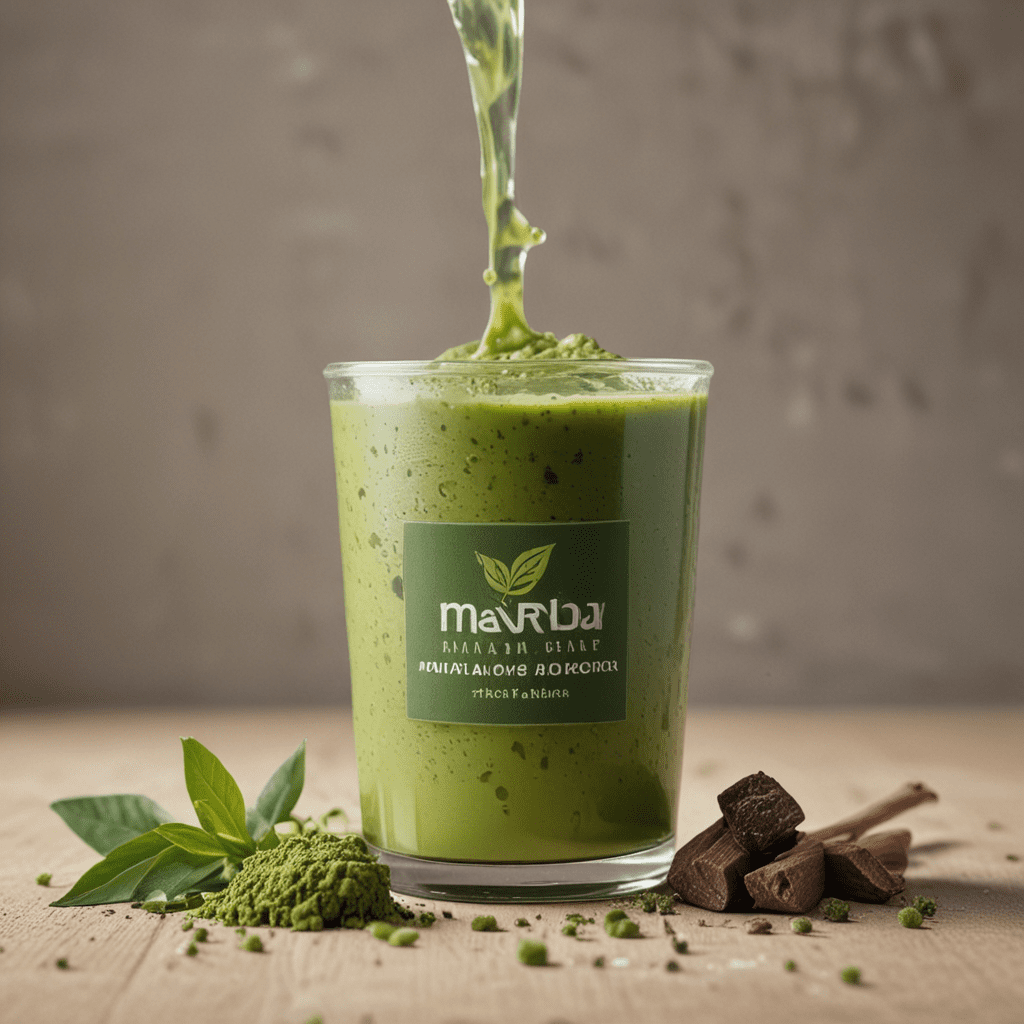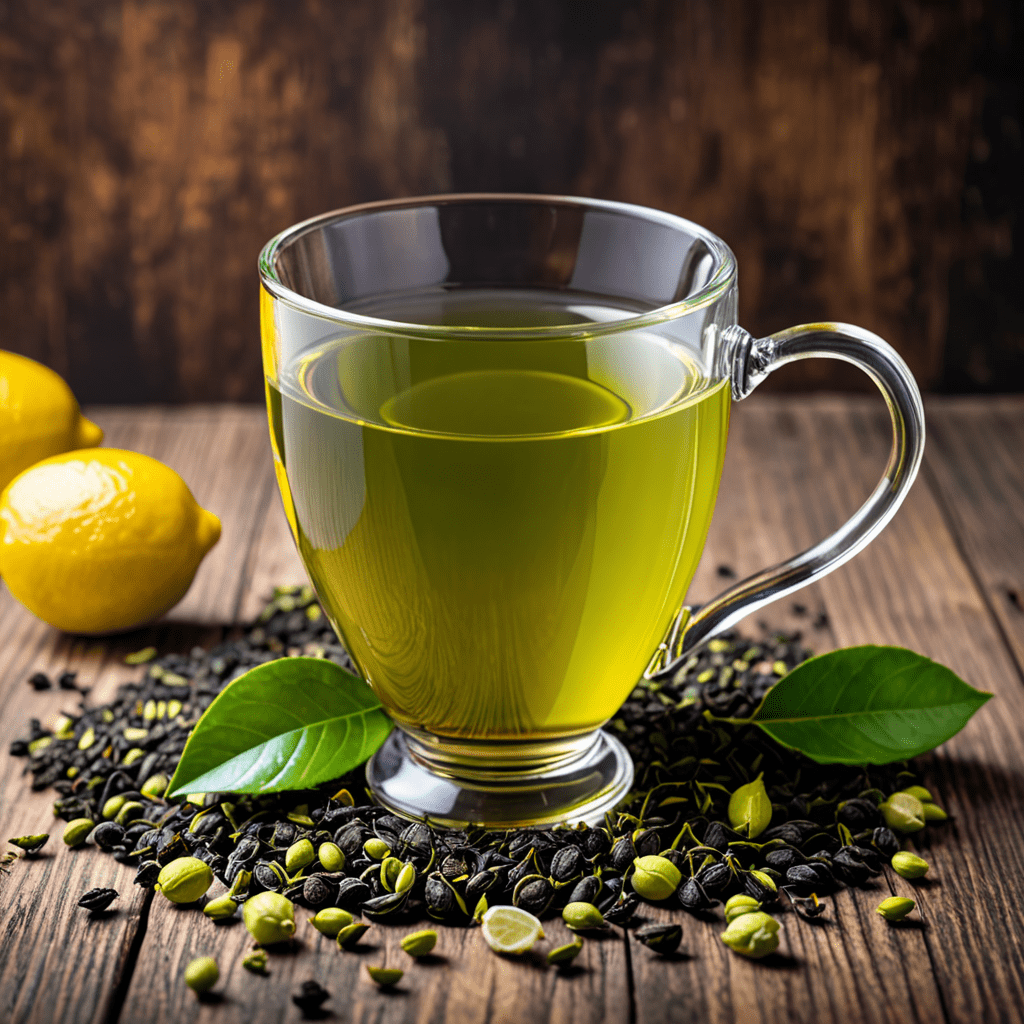Chai Tea: The Perfect Balance of Sweet and Spice
Chai tea, a quintessential beverage of Indian origin, has captivated tea enthusiasts worldwide with its exquisite blend of flavors and aromatic spices. Its origins can be traced back to ancient Ayurvedic medicine, where it was revered for its medicinal properties. Today, chai tea continues to be cherished for its unique taste profile and its ability to evoke a sense of warmth and comfort.
Historical Origins and Cultural Significance
Chai tea's origins can be traced back to traditional Indian Ayurvedic medicine, where it was used as a healing tonic. The word "chai" itself means "tea" in Hindi, reflecting the beverage's deep-rooted connection to Indian culture. Chai tea gained popularity in the West during the British colonial period, when it was introduced by Indian laborers working on tea plantations. Over time, chai tea evolved into a beloved beverage enjoyed by people from all walks of life.
Ingredients and Their Health Benefits
Chai tea is typically brewed using a blend of black tea, milk, and a variety of spices such as cardamom, cinnamon, ginger, cloves, and black pepper. Each spice imparts its unique flavor and health benefits. For example, cardamom aids digestion and has anti-inflammatory properties, while cinnamon regulates blood sugar levels and reduces cholesterol. Ginger is known for its anti-nausea and antioxidant properties, and cloves possess antibacterial and antiviral qualities.
The Art of Brewing Chai
Brewing the perfect cup of chai tea is an art form. The traditional method involves simmering black tea leaves in milk and adding the desired spices. The tea is then strained and sweetened to taste. The ratio of tea, milk, and spices can vary depending on personal preference. Some prefer a stronger tea flavor, while others enjoy a creamier, more balanced taste.
Sweeteners and Spices: Customization Options
The sweetness and spice level of chai tea can be customized to suit individual tastes. Traditional chai is sweetened with sugar, but honey, maple syrup, or stevia can be used as healthier alternatives. For those who prefer a spicier chai, additional spices such as nutmeg, star anise, or fennel can be added to the brewing process.
6. Chai as a Health Elixir: Antioxidants and Anti-Inflammatory Properties
Chai tea is renowned for its antioxidant and anti-inflammatory properties. The antioxidants present in the spices, particularly cloves and cinnamon, help protect the body against oxidative stress and cellular damage. These antioxidants have been linked to reduced risk of chronic diseases such as cancer and heart disease. Additionally, the anti-inflammatory properties of ginger and turmeric can help alleviate pain and reduce inflammation throughout the body.
7. Chai Tea's Role in Ayruvedic Medicine
Ayurvedic medicine is an ancient Indian medical system that views chai tea as a balancing tonic for the mind and body. According to Ayurveda, the combination of spices in chai supports digestion, enhances metabolism, and promotes overall well-being. The spices used in chai are believed to possess specific therapeutic properties, such as cardamom for reducing gas and bloating, and cloves for their antiseptic and pain-relieving effects.
8. Chai-Inspired Desserts and Culinary Creations
Chai tea's unique flavor profile has inspired a range of culinary creations beyond the traditional beverage. Chai-infused desserts, such as cakes, cookies, and puddings, offer a delightful blend of sweet and spicy flavors. Chai can also be incorporated into savory dishes, such as marinades, glazes, and sauces, adding a touch of warmth and complexity to culinary creations.
9. Pairing Chai with Food: Complementary Flavors
Chai tea pairs exceptionally well with a variety of foods, enhancing the flavors of both the beverage and the meal. Chai's warm, spicy notes complement sweet treats like pastries and baked goods, while its bold character stands up to richer dishes such as curries and stews. Chai can also be enjoyed alongside savory snacks, such as samosas and pakoras, creating a harmonious balance of flavors.
10. Chai Tea Festivals and Events: Celebrating the Tradition
Around the world, chai tea festivals and events are held to celebrate the cultural significance and culinary versatility of this beloved beverage. These events showcase a diverse range of chai varieties, from traditional Indian recipes to innovative contemporary creations. Attendees can indulge in chai-inspired workshops, tea tastings, and demonstrations, deepening their appreciation for this rich and flavorful tradition.
FAQ
What is the difference between chai tea and regular tea?
Chai tea is a blend of black tea, milk, and spices, while regular tea is typically made with just tea leaves and water.
Is chai tea good for you?
Yes, chai tea contains antioxidants and anti-inflammatory properties that may contribute to overall health and well-being.
What are the most common spices used in chai tea?
The most common spices used in chai tea are cardamom, cinnamon, ginger, cloves, and black pepper.
How do you make chai tea?
To make chai tea, simmer black tea leaves in milk and add the desired spices. Strain the tea and sweeten to taste.
What are some creative uses for chai tea?
Chai tea can be enjoyed as a beverage, incorporated into desserts and culinary creations, or used as a marinade or glaze for savory dishes.



